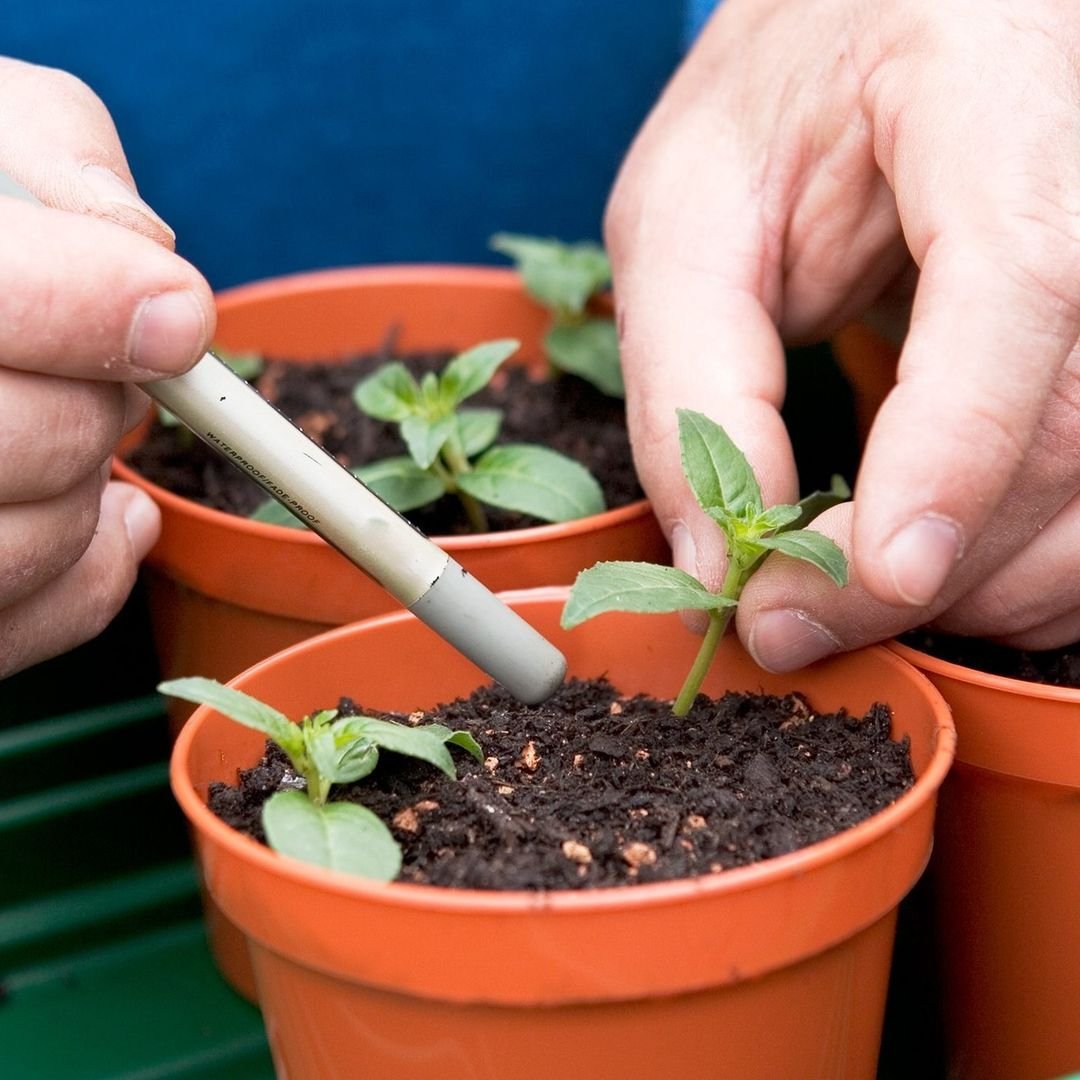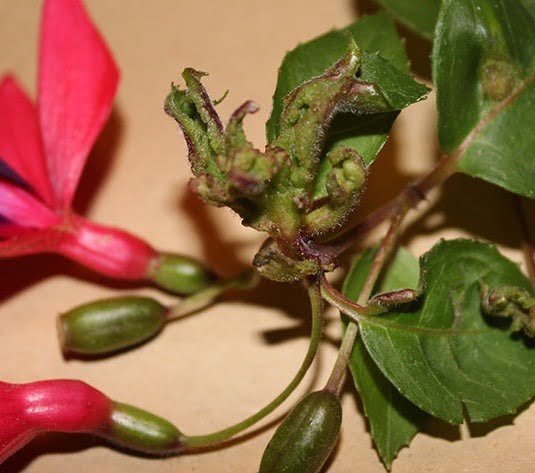Unlock the secrets to growing vibrant fuchsias with our comprehensive guide. Discover expert tips on planting, watering, fertilizing, and caring for these stunning flowers. Transform your garden into a colorful paradise.
Fuchsias are among the most beautiful and captivating flowers you can grow in your garden. With their vibrant colors, delicate blooms, and graceful hanging branches, they add a touch of elegance to any outdoor space. However, growing and caring for these delicate beauties can be a bit challenging, especially for novice gardeners. In this article, we’ll share our top tips to help you cultivate thriving fuchsias that will be the envy of your neighbors.
Understanding Fuchsias

Before we dive into the care and cultivation of fuchsias, let’s take a moment to understand these fascinating plants. Fuchsias are native to Central and South America, and they come in a wide variety of colors, including red, purple, pink, white, and even bi-colored varieties. They can be grown as shrubs, trailing plants, or even small trees, depending on the variety.
Choosing the Right Fuchsia Variety
The first step in growing successful fuchsias is choosing the right variety for your climate and growing conditions. Here are a few popular options to consider:
1. Upright Fuchsias

Here’s a short information chart for Upright Fuchsias:
| Attribute | Information |
|---|---|
| Botanical Name | Fuchsia spp. |
| Plant Type | Perennial (often grown as annuals in colder climates) |
| Soil Type | Well-drained, fertile, moist soil |
| Color Varieties | Pink, red, white, purple, and combinations |
| Zones | 8-11 (USDA Hardiness Zones); grown as annuals or in containers in colder zones |
| Exposure | Partial shade to full sun (depending on climate; prefers morning sun and afternoon shade) |
| Bloom Time | Late spring to fall |
| Height/Spread | 1-3 feet tall / 1-2 feet wide |
These varieties grow in a more compact, bush-like form and are ideal for garden beds or containers.
2. Trailing Fuchsias

Here’s a short information chart for Trailing Fuchsias:
| Attribute | Information |
|---|---|
| Botanical Name | Fuchsia spp. |
| Plant Type | Perennial (often grown as annuals in colder climates) |
| Soil Type | Well-drained, fertile, moist soil |
| Color Varieties | Pink, red, white, purple, and combinations |
| Zones | 8-11 (USDA Hardiness Zones); grown as annuals or in containers in colder zones |
| Exposure | Partial shade to full sun (prefers morning sun and afternoon shade) |
| Bloom Time | Late spring to fall |
| Height/Spread | 1-2 feet tall with trailing stems that can spread 2-4 feet |
As the name suggests, these fuchsias have long, trailing stems that make them perfect for hanging baskets or window boxes.
3. Hardy Fuchsias

Here’s a short information chart for Hardy Fuchsias:
| Attribute | Information |
|---|---|
| Botanical Name | Fuchsia magellanica and other hardy varieties |
| Plant Type | Perennial shrub |
| Soil Type | Well-drained, fertile, moist soil |
| Color Varieties | Pink, red, white, purple, and combinations |
| Zones | 6-9 (USDA Hardiness Zones) |
| Exposure | Partial shade to full sun (prefers morning sun and afternoon shade) |
| Bloom Time | Late spring to fall |
| Height/Spread | 2-10 feet tall / 2-6 feet wide |
If you live in a cooler climate, hardy fuchsias are your best bet. They can withstand lower temperatures and even some frost.
Planting Fuchsias

Once you’ve selected your desired fuchsia variety, it’s time to plant them. Here are some tips to ensure a successful planting:
- Soil Preparation: Fuchsias thrive in well-draining, fertile soil that is slightly acidic (pH between 6.0 and 6.5). Amend your soil with compost or peat moss to improve drainage and acidity.
- Planting Location: Choose a spot that receives partial shade, especially in hot climates. Fuchsias prefer cooler temperatures and protection from direct sunlight.
- Spacing: Allow enough space between plants for adequate air circulation and to prevent overcrowding.
- Planting Depth: Plant fuchsias at the same depth they were growing in their nursery pots. Planting too deep can lead to stem rot.
Watering and Fertilizing
Proper watering and fertilizing are crucial for the health and vigor of your fuchsias. Here’s what you need to know:
- Watering: Fuchsias prefer consistently moist soil, but avoid waterlogged conditions. Water deeply and regularly, especially during hot, dry periods.
- Fertilizing: Use a balanced, water-soluble fertilizer every two to four weeks during the growing season. Avoid over-fertilizing, as it can lead to excessive foliage growth at the expense of blooms.
Pruning and Grooming

Regular pruning and grooming will keep your fuchsias looking their best and encourage more blooms. Follow these tips:
- Deadheading: Remove spent flowers regularly to promote new blooms.
- Pruning: In early spring, prune back the previous year’s growth to encourage fresh, new growth and more blooms.
- Grooming: Remove any dead, damaged, or diseased stems or leaves to maintain the plant’s overall health.
Overwintering Fuchsias
In colder climates, fuchsias may need to be overwintered indoors. Here’s how to do it:
- Dig up the plants before the first frost and pot them in a well-draining potting mix.
- Place the pots in a cool, dark location with temperatures between 40°F and 50°F (4°C and 10°C).
- Water sparingly, just enough to prevent the soil from drying out completely.
- In early spring, gradually reintroduce the plants to warmth and light, and resume regular watering and fertilizing.
Pest and Disease

Management Like any plant, fuchsias can be susceptible to pests and diseases. Keep an eye out for the following:
- Aphids: These small, soft-bodied insects can cluster on stems and leaves, causing distortion and stunted growth. Use insecticidal soap or neem oil to control infestations.
- Fuchsia Gall Mites: These microscopic mites cause swollen, distorted growths on leaves and stems. Prune off affected areas and destroy them.
- Powdery Mildew: This fungal disease appears as a white, powdery coating on leaves and stems. Improve air circulation and apply a fungicide if necessary.
With their stunning blooms and graceful growth habit, fuchsias are a wonderful addition to any garden. By following these top tips for planting, watering, fertilizing, pruning, and pest management, you’ll be well on your way to cultivating vibrant and healthy fuchsias that will bring joy to your outdoor space for years to come.
Pingback: How to Grow Stunning Fuchsias in Your Garden | ...
Pingback: Banish Red Spider Mite : A Comprehensive Guide for a Pest-Free Garden